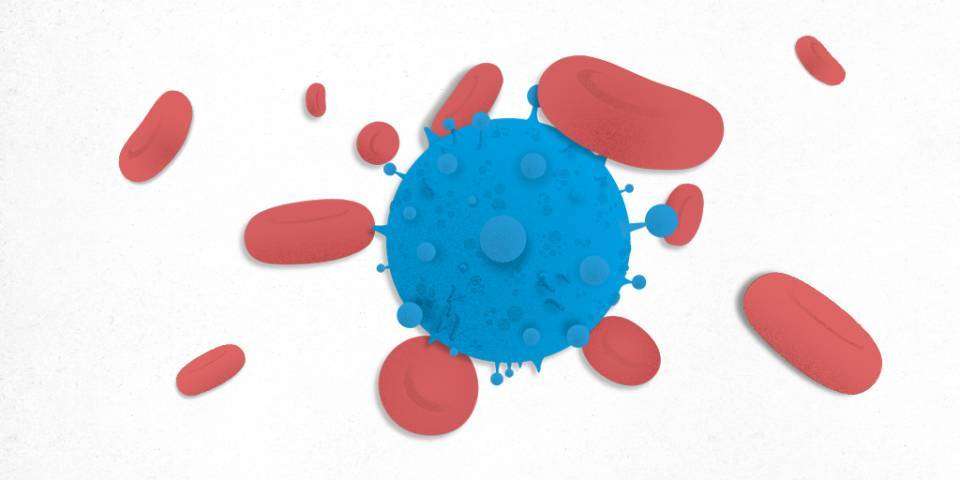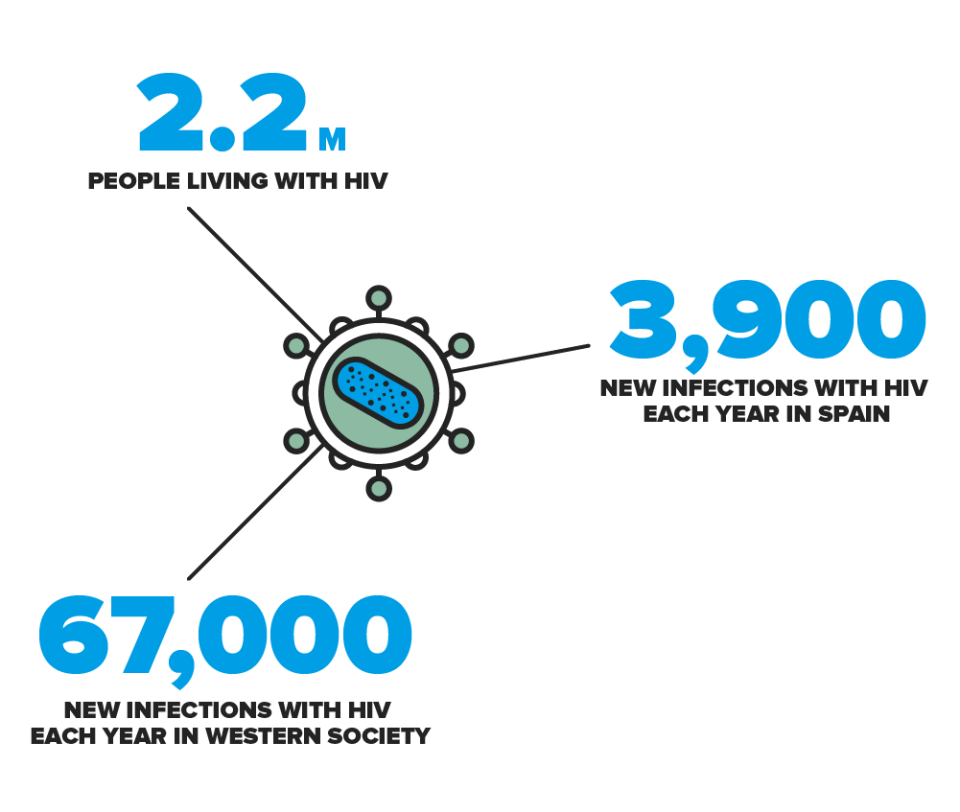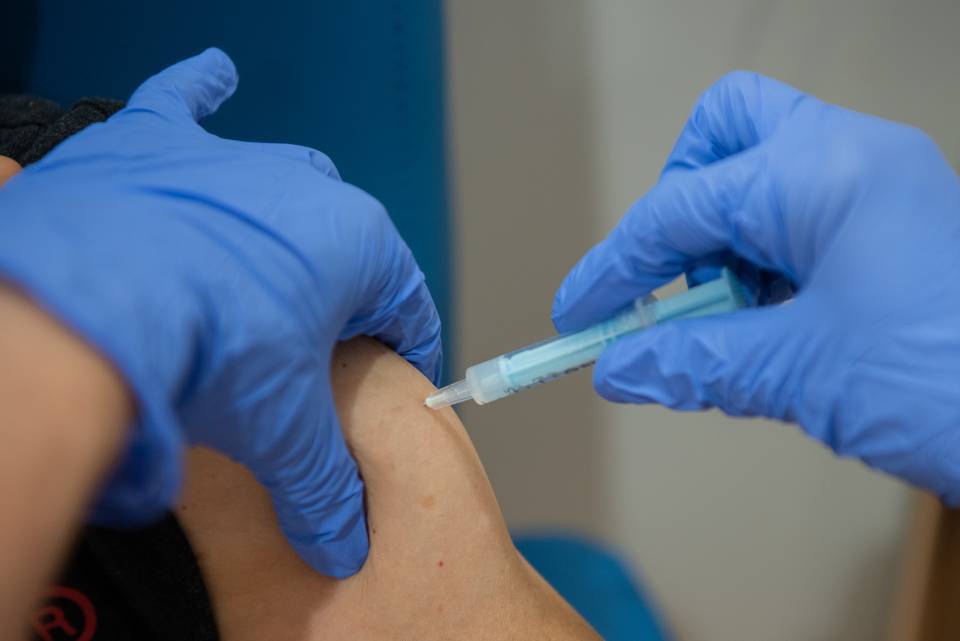13 February 2024
Substantiated information by:

Josep Mallolas Masferrer
Internist
Head of the HIV Unit

Laura Novell Conesa
Content Manager
VIH-AIDS Unit

Roger Llobet Sánchez
Infectious Diseases Nurse Coordinator
Infectious Diseases Service
Published: 20 February 2018
Updated: 5 December 2022
The donations that can be done through this webpage are exclusively for the benefit of Hospital Clínic of Barcelona through Fundació Clínic per a la Recerca Biomèdica and not for BBVA Foundation, entity that collaborates with the project of PortalClínic.
Subscribe
Receive the latest updates related to this content.
Thank you for subscribing!
If this is the first time you subscribe you will receive a confirmation email, check your inbox
An error occurred and we were unable to send your data, please try again later.







